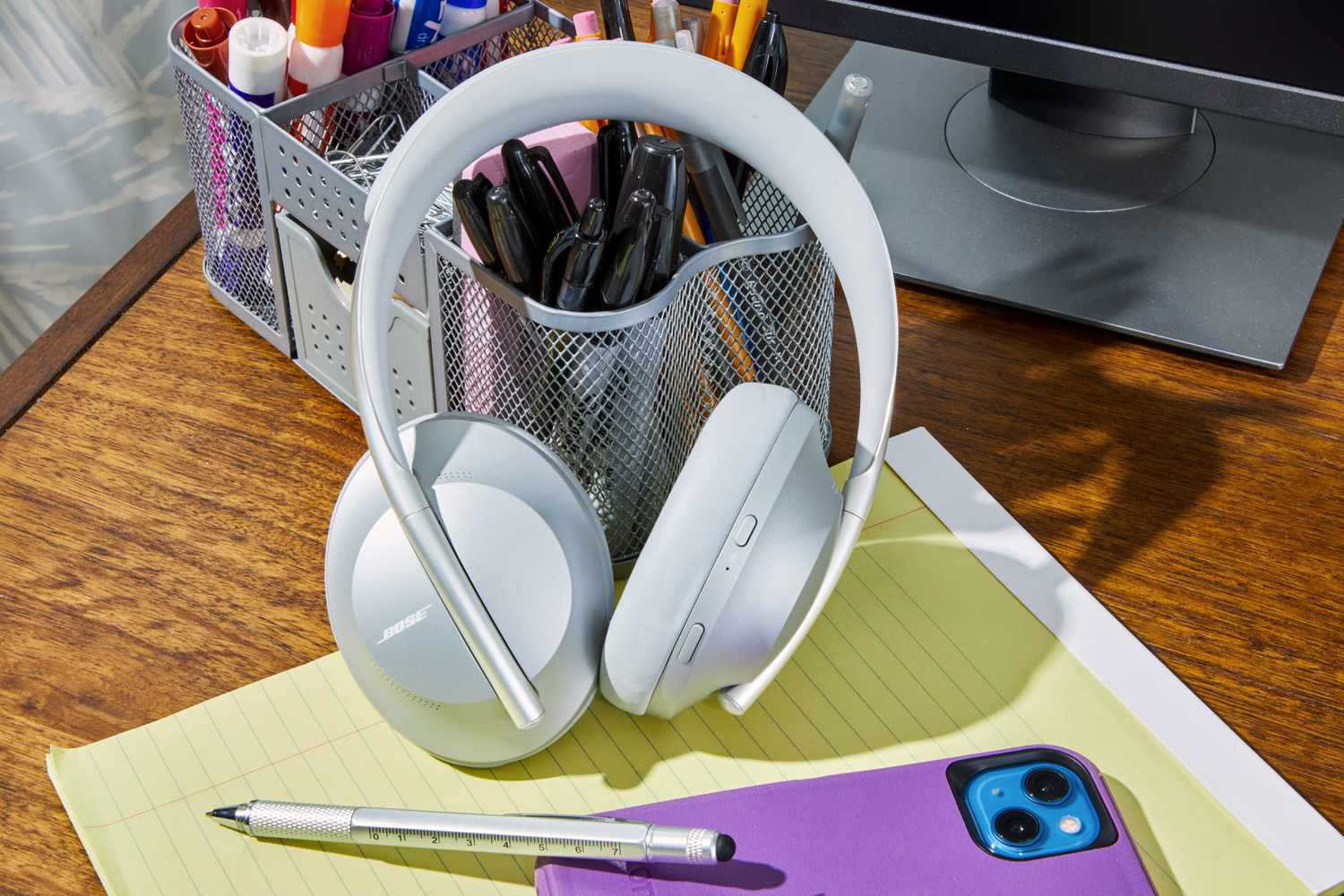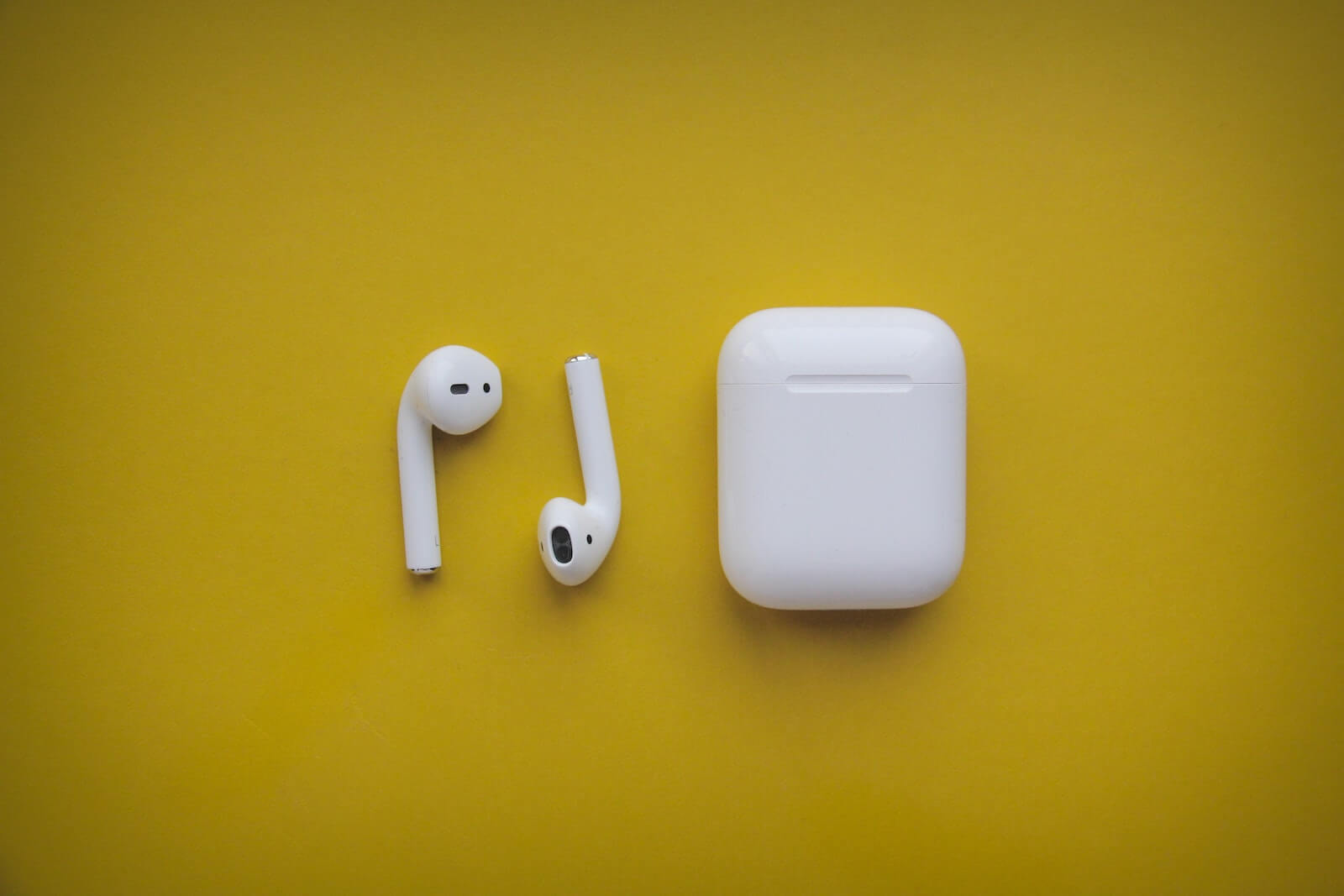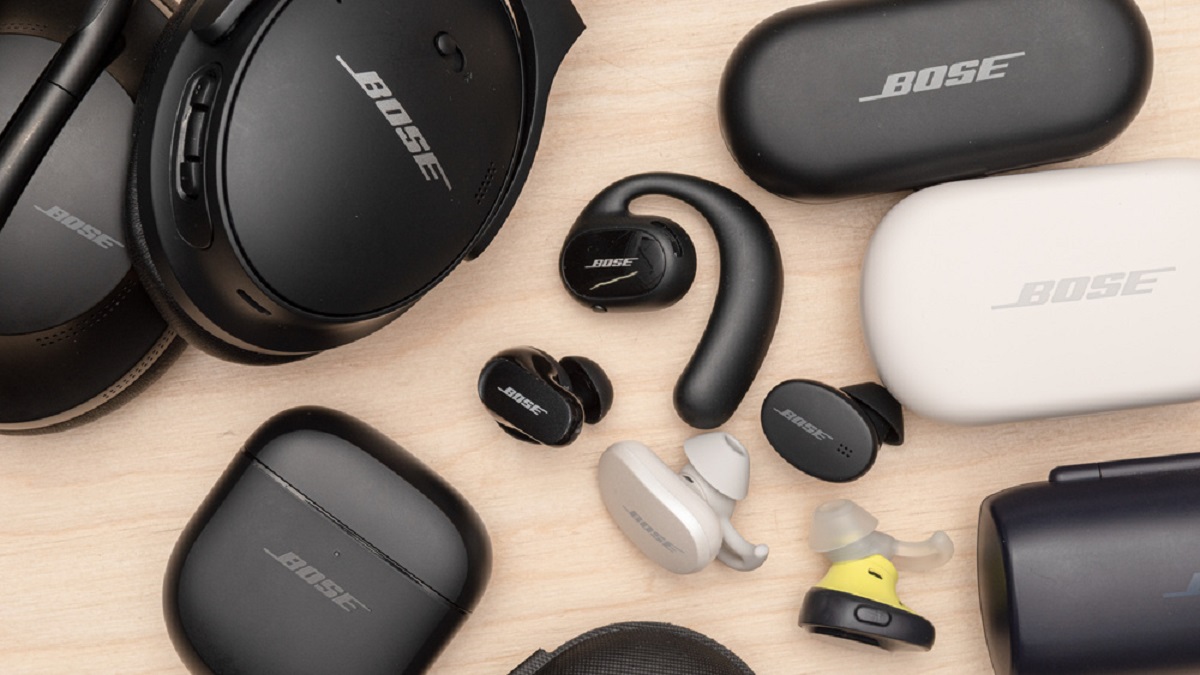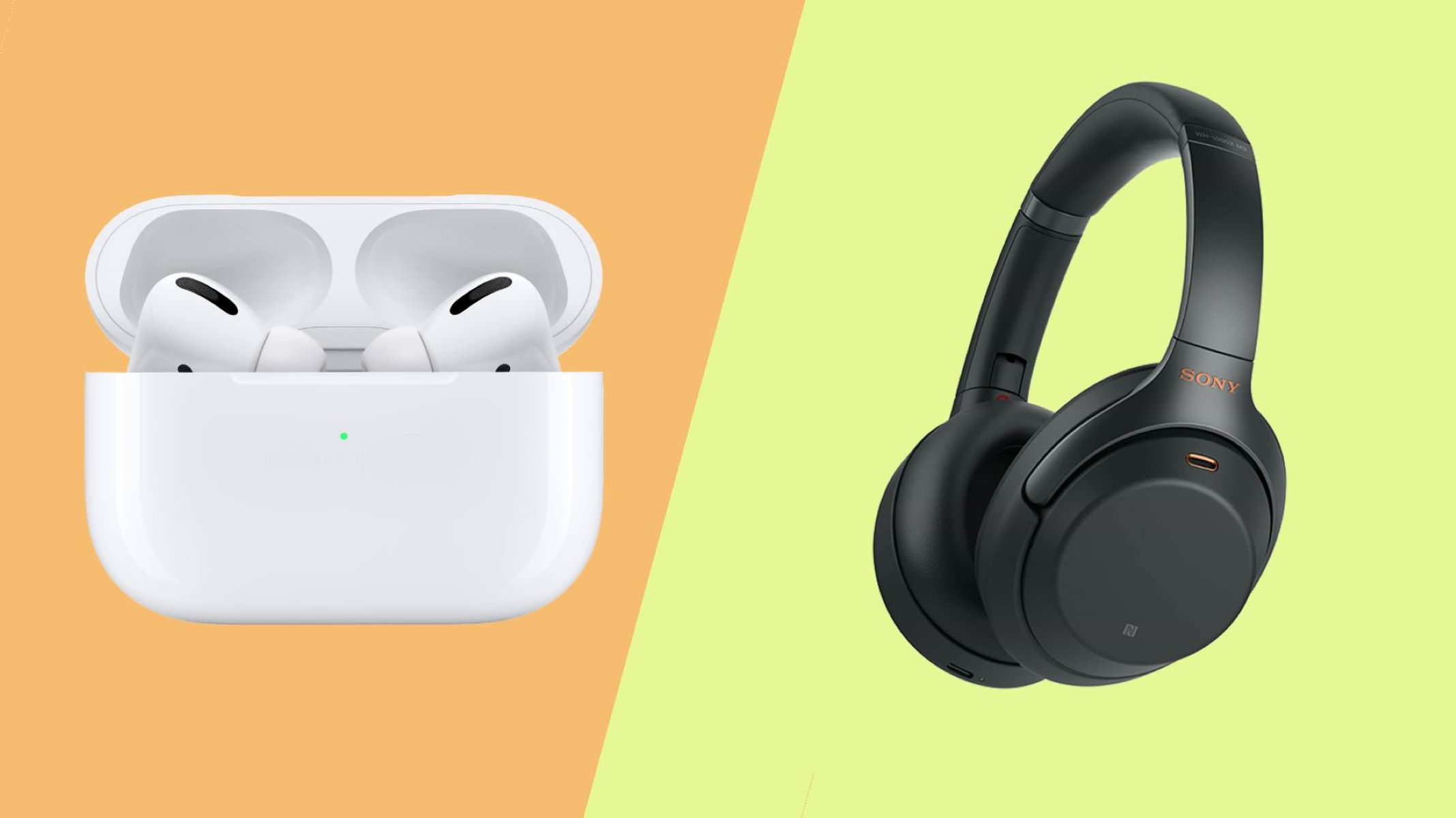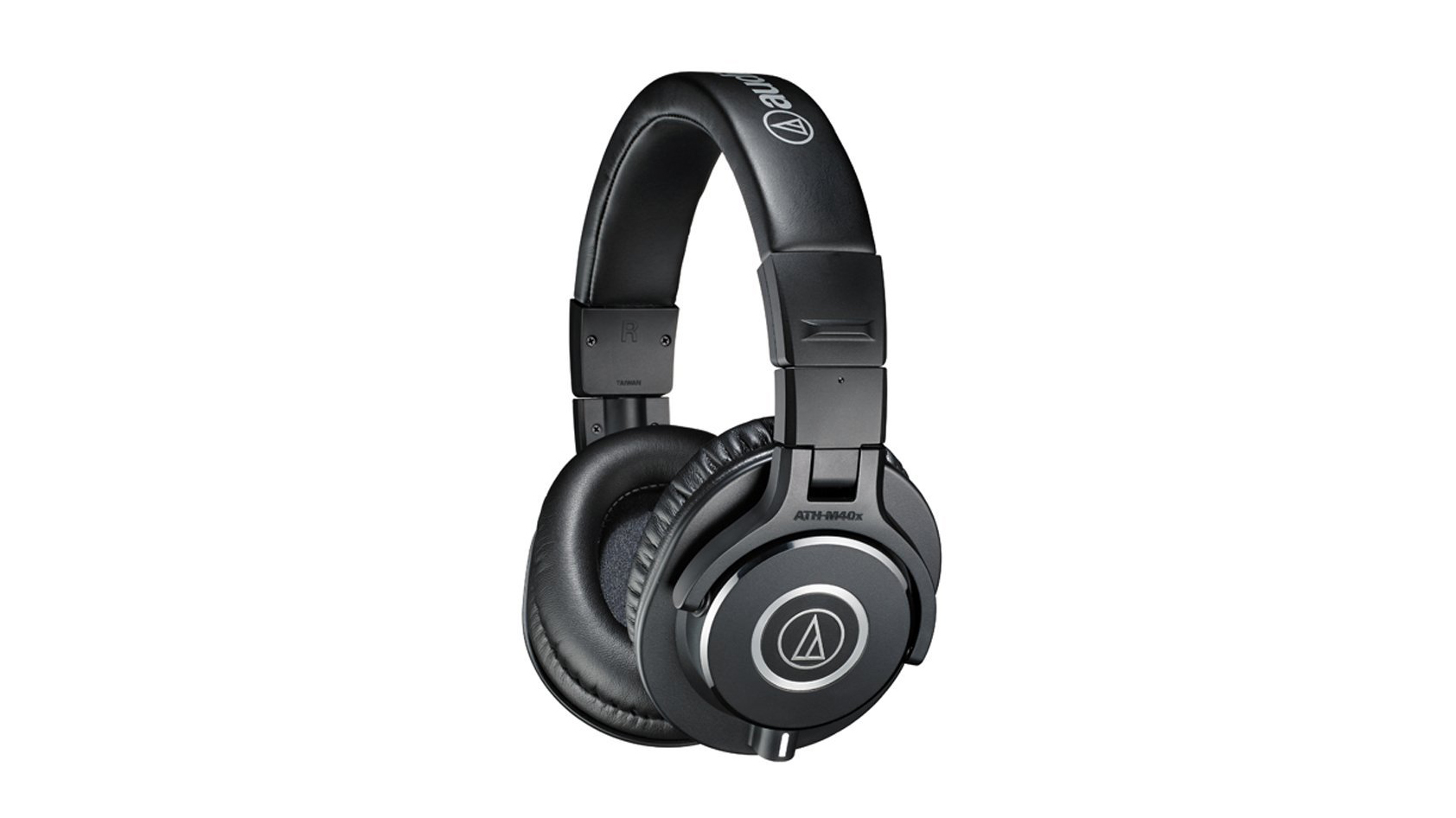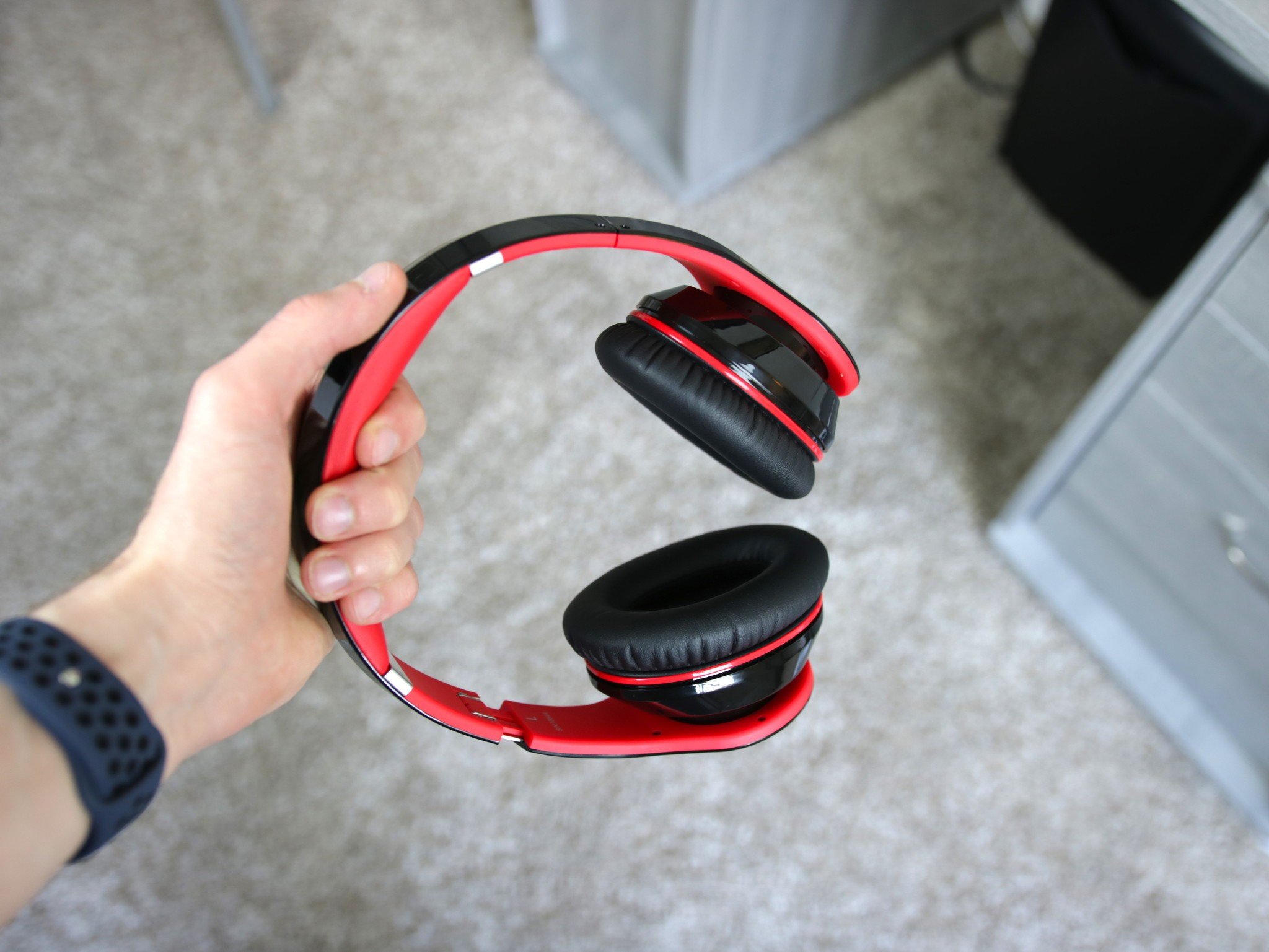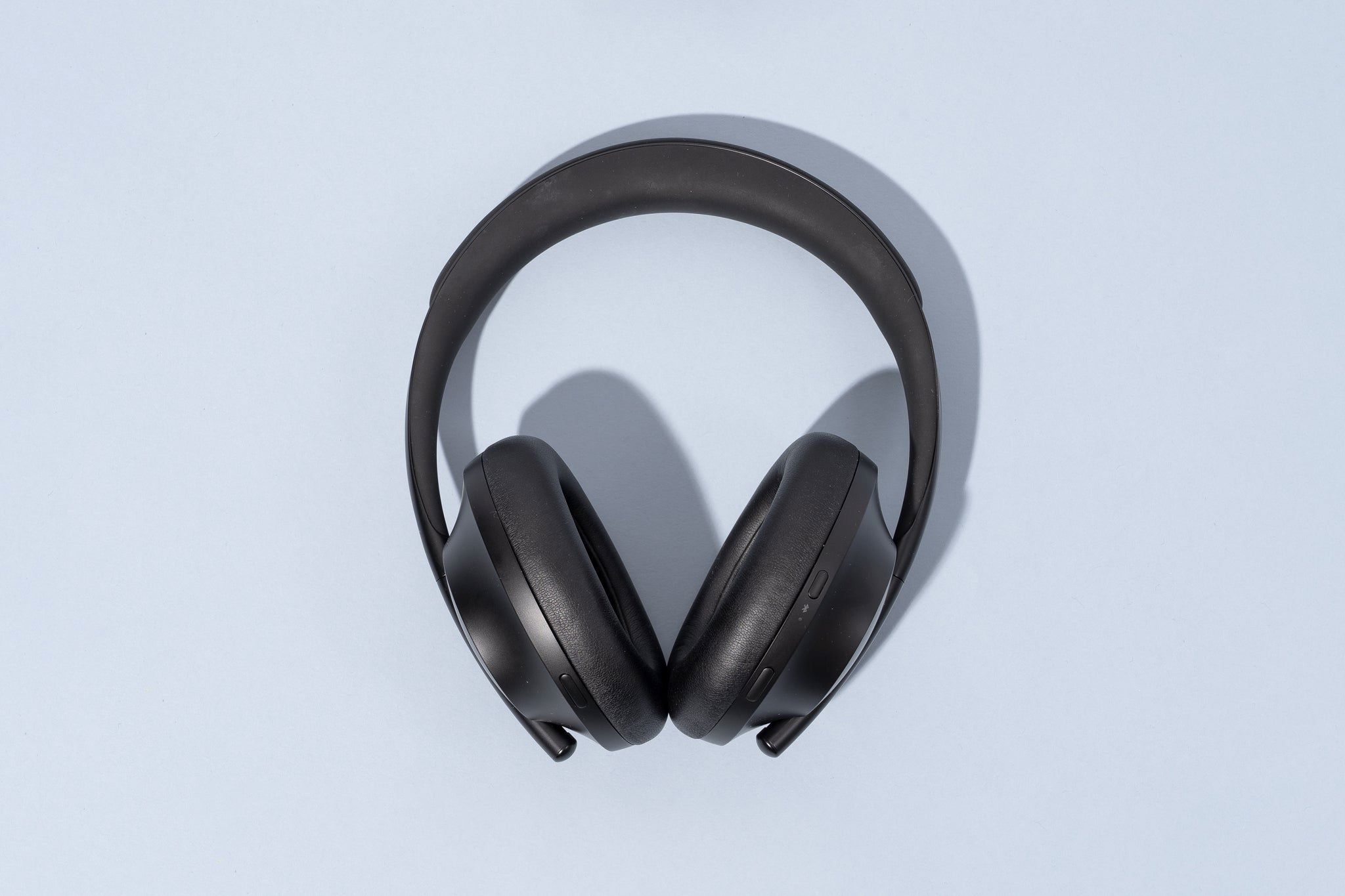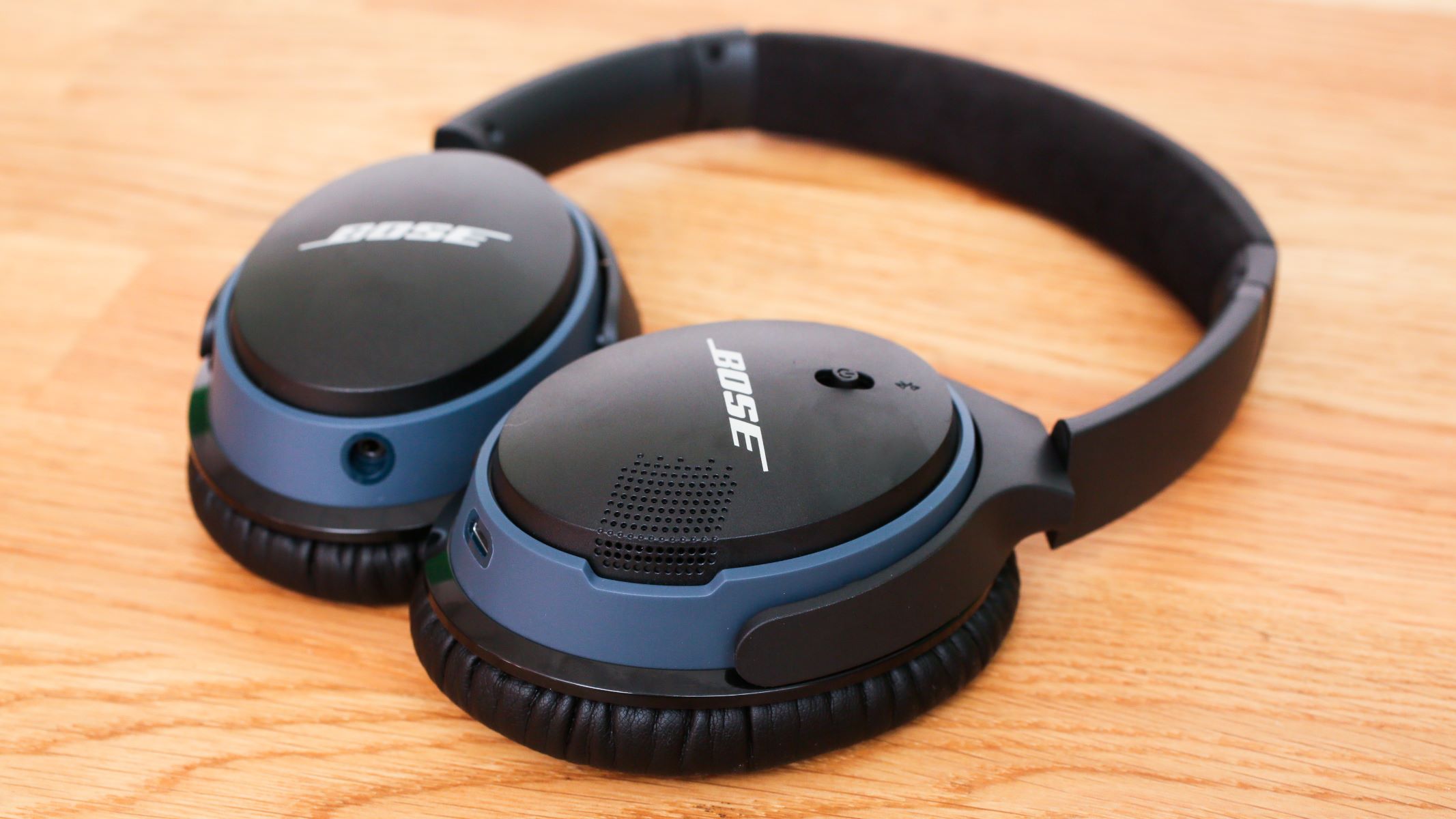Introduction
Bluetooth headphones have become increasingly popular for their convenience and wireless capabilities. However, one common issue that users face is the low volume levels on their Bluetooth headphones. This can be quite frustrating, especially when you expect immersive and powerful sound. So, why are your Bluetooth headphones so quiet?
There can be several reasons behind this problem, ranging from device settings to connectivity issues. In this article, we will explore different factors that could be contributing to the low volume levels on your Bluetooth headphones and provide practical solutions to help you resolve the issue.
Understanding the root cause of the low volume problem is crucial in finding the right solution. It’s important to note that this issue may not be exclusive to any particular Bluetooth headphone model or brand. It can occur regardless of the price range or the features of your headphones.
Whether you’ve recently purchased a new pair of Bluetooth headphones or you’ve been using them for a while, it’s essential to explore different factors that can impact the volume levels. By understanding and addressing these factors, you can experience the full potential of your Bluetooth headphones and enjoy your favorite music, movies, or podcasts with optimal volume levels.
In the following sections, we will delve into various factors that could be contributing to the low volume levels on your Bluetooth headphones. We’ll provide step-by-step solutions and troubleshooting tips to help you enhance the audio experience. It’s important to note that not all solutions may apply to your specific situation, so feel free to skip to the relevant sections that address your particular issue.
So, let’s begin our exploration and unravel the mystery behind your Bluetooth headphones’ low volume levels.
Understanding the Volume Levels on Bluetooth Headphones
Before diving into troubleshooting methods, it’s crucial to understand how volume levels work on Bluetooth headphones. Different factors can affect the volume output, and comprehending these factors can help you identify and resolve the issue.
Firstly, it’s important to differentiate between the volume controls on your Bluetooth headphones and the device you’re connecting them to. Most Bluetooth headphones feature their own volume control buttons, allowing you to adjust the volume directly on the headphones. However, the volume level on your headphones might still be influenced by the connected device’s volume settings.
This means that even if you increase the volume on your headphones, if the device’s volume is set to a lower level, the sound will still be relatively quiet. Therefore, it’s important to sync and optimize the volume levels on both your headphones and the connected device.
Another point to consider is that not all Bluetooth headphones have the same maximum volume output. Certain models may have volume limitations to prevent potential hearing damage or to comply with regulatory restrictions. Therefore, even at maximum volume, some headphones may not reach the same loudness as others.
If you’ve recently purchased a new pair of Bluetooth headphones and find them to be quieter than your previous ones, it might simply be a result of the different volume capabilities of the two models.
Additionally, Bluetooth technology introduces a level of compression to the audio signal being transmitted wirelessly. This compression can sometimes result in a subtle reduction in audio quality and overall volume output. While advancements in Bluetooth technology have significantly improved the audio quality, it’s still important to manage your volume expectations accordingly.
Now that we have a better understanding of how volume levels work on Bluetooth headphones, we can move on to troubleshooting and adjusting the volume levels on both the headphones and the connected device. In the following sections, we’ll explore practical solutions to help you maximize the volume output and regain the immersive audio experience you desire.
Adjusting the Volume on Your Device
If you find that your Bluetooth headphones are too quiet, the first step is to check and adjust the volume settings on the device you’re connecting them to. Most devices have separate volume controls that affect the audio output, including the volume for Bluetooth devices.
Here’s how you can adjust the volume on different devices:
- Smartphones and Tablets: On most smartphones and tablets, you can find the volume controls on the side of the device. Simply use the volume up or volume down buttons to increase or decrease the volume. Additionally, you can also adjust the volume through the software interface by swiping down from the top of the screen and accessing the Quick Settings panel.
- Laptops and Computers: On Windows and macOS devices, you can adjust the volume using the volume rocker or keys on your keyboard. Alternatively, you can click on the volume icon in the system tray or menu bar to access the volume slider. Make sure the volume is turned up to an appropriate level.
- Smart TVs and Media Players: For smart TVs and media players, the volume controls can usually be found on the remote control. Use the volume up and down buttons to increase or decrease the volume. Some devices may also allow you to adjust the volume through the settings menu.
It’s important to note that some devices have separate volume controls for different types of audio output, such as media volume, call volume, or alarm volume. Ensure that you’re adjusting the correct volume control that corresponds to the audio output for your Bluetooth headphones.
After adjusting the volume on your device, check the volume levels on your Bluetooth headphones. If the volume is still low, proceed to the next troubleshooting steps to ensure optimal audio performance.
Checking the Volume on Your Bluetooth Headphones
Once you’ve adjusted the volume settings on your connected device, it’s essential to ensure that the volume on your Bluetooth headphones is also set to an appropriate level. The volume controls on your headphones may vary depending on the model and brand, so refer to the user manual for specific instructions.
Here are some general steps to check and adjust the volume on your Bluetooth headphones:
- Physical Buttons: Many Bluetooth headphones feature physical volume buttons that allow you to increase or decrease the volume directly on the headphones. These buttons are typically located on the earcup or the control panel of the headphones. Press the volume up button to increase the volume and the volume down button to decrease the volume. Make sure the volume is not set too low.
- Touch Controls: Some Bluetooth headphones have touch-sensitive controls for volume adjustment. These controls often involve swiping or tapping gestures on the headphones. Refer to the user manual or manufacturer’s website to understand how to navigate and adjust the volume using touch controls.
- Voice Commands: If your Bluetooth headphones support voice commands, you may be able to adjust the volume using voice prompts. Simply speak the desired volume level, such as “Increase volume” or “Volume up,” and your headphones should respond accordingly. Check the user manual for specific voice commands supported by your headphones.
Once you’ve adjusted the volume on your Bluetooth headphones, test the audio output to see if the volume is at an appropriate level. If the volume is still too low, further troubleshooting may be required.
Keep in mind that some Bluetooth headphones may have different volume levels for different audio profiles or modes. For example, there may be separate volume levels for music playback, phone calls, or virtual assistants. Make sure you’re adjusting the correct volume control for the desired audio output.
If the volume on your Bluetooth headphones is still not satisfactory, continue reading to explore additional troubleshooting steps that can help improve the volume levels and audio performance.
Resetting Your Bluetooth Headphones
If adjusting the volume settings on both your connected device and Bluetooth headphones doesn’t improve the volume levels, it may be worth trying to reset your headphones. Resetting can help resolve any temporary glitches or conflicts that might be affecting the volume output.
The process to reset Bluetooth headphones can vary depending on the model and brand, so it’s important to refer to the user manual or manufacturer’s website for specific instructions. However, here are some general steps you can follow:
- Power Off your Bluetooth Headphones: Turn off your headphones by pressing and holding the power or multifunction button until the indicator light turns off or you hear a power-off sound.
- Clear Pairing History: Resetting your headphones often involves clearing the pairing history. To do this, press and hold the pairing button or a combination of buttons specified in the user manual. Keep holding the buttons until the pairing light or indicator starts blinking rapidly.
- Re-Pair Your Headphones: After clearing the pairing history, put your headphones in pairing mode by following the instructions provided in the user manual. Typically, this involves pressing and holding the pairing button until the indicator light starts blinking rapidly or you hear a pairing sound.
- Reconnect with Your Device: On your device, go to the Bluetooth settings and remove your headphones from the list of paired devices. Then, search for available Bluetooth devices and select your headphones to pair and reconnect them.
Once you’ve successfully reset and reconnected your Bluetooth headphones, test the audio volume to see if it has improved. In some cases, a simple reset can resolve any underlying issues and restore the volume to optimal levels.
If resetting your headphones doesn’t improve the volume, don’t worry. There are still additional troubleshooting steps that you can try to boost the volume output on your Bluetooth headphones.
Updating the Firmware on Your Bluetooth Headphones
If you’re still experiencing low volume levels on your Bluetooth headphones, it’s worth checking if there are any firmware updates available. Firmware updates can improve the overall performance and functionality of your headphones, including volume optimization.
Updating the firmware on your Bluetooth headphones can be done through the manufacturer’s official website or a dedicated mobile app, depending on the brand and model of your headphones. Here’s a general guide on how to update the firmware:
- Visit the Manufacturer’s Website: Go to the official website of your headphone’s manufacturer and look for the support or downloads section. Find the firmware update specifically designed for your headphones model.
- Check Compatibility: Ensure that the firmware update is compatible with your headphones and the device you’re using for the update process. Follow the instructions provided by the manufacturer to ensure a smooth and successful update.
- Download and Install the Firmware: Download the firmware update file onto your computer or smartphone, depending on the manufacturer’s instructions. Connect your Bluetooth headphones to your device and follow the provided steps to install the firmware update.
- Follow the Update Process: The update process may vary depending on the manufacturer and headphones model. Generally, you’ll need to follow the on-screen instructions or use the manufacturer’s app to initiate and complete the firmware update. It’s essential to keep your headphones connected and ensure a stable internet connection during the update.
- Restart and Test: After successfully updating the firmware, restart your Bluetooth headphones and test the audio volume. Hopefully, the firmware update has addressed any issues that were causing low volume levels.
It’s important to note that not all Bluetooth headphones have firmware update capabilities. If your headphones don’t support firmware updates, proceed to the next troubleshooting steps mentioned in this article.
Updating the firmware is an effective way to stay up to date with the latest enhancements and fixes provided by the manufacturer. It can potentially resolve volume-related issues and provide a more optimized audio experience on your Bluetooth headphones.
If updating the firmware doesn’t solve the low volume problem, there are still other troubleshooting steps to explore. Let’s move on to the next section to check for any connectivity issues that might be impacting the volume levels.
Checking for Connectivity Issues
If the volume on your Bluetooth headphones is still low, it’s possible that there may be some connectivity issues causing the problem. Poor or unstable connections can result in reduced volume levels or intermittent audio. Here are some steps to check for connectivity issues:
- Move Closer to the Device: Ensure that your Bluetooth headphones and the device you’re connecting them to are in close proximity. Bluetooth signals can weaken over a distance, so try moving closer to the device to establish a stronger connection.
- Remove Obstacles: Objects such as walls, furniture, or other electronic devices can obstruct the Bluetooth signal and weaken the connection. Make sure there are no significant obstacles between your Bluetooth headphones and the connected device.
- Avoid Interference: Bluetooth operates on the 2.4GHz frequency, which is shared with other devices like Wi-Fi routers, cordless phones, or microwaves. These devices can cause interference and disrupt the Bluetooth connection. Try moving away from such devices or turning them off temporarily to check if the volume improves.
- Power Cycle Your Devices: Turn off both your Bluetooth headphones and the connected device. Wait for a few seconds, then turn them back on. This simple power cycle can sometimes resolve minor connectivity issues and improve the volume levels.
- Reset Bluetooth Settings: If you’re still experiencing connectivity problems, you can try resetting the Bluetooth settings on your device. Go to the settings menu, find the Bluetooth section, and select the option to forget or remove your Bluetooth headphones from the list of paired devices. Then, re-pair your headphones and test the volume again.
By addressing any connectivity issues, you can ensure a stable and robust connection between your Bluetooth headphones and the device. This, in turn, can help improve the volume output and overall audio quality.
If you’ve gone through these steps and the volume issue persists, there might be compatibility issues between your Bluetooth headphones and the connected device. In the next section, we’ll explore troubleshooting steps related to device compatibility.
Troubleshooting Device Compatibility
If you’re facing volume issues with your Bluetooth headphones, it’s essential to consider the compatibility between your headphones and the device you’re connecting them to. Incompatible device settings or outdated Bluetooth versions can contribute to low volume levels. Let’s explore some troubleshooting steps to address device compatibility:
- Check Bluetooth Version: Verify that both your Bluetooth headphones and the connected device support the same Bluetooth version. Outdated Bluetooth versions may not provide optimal audio performance or volume. If your device supports a newer Bluetooth version, consider upgrading or using an alternative device with a compatible version.
- Switch Audio Codecs: Some devices and headphones support different audio codecs, such as SBC, AAC, or aptX. These codecs can impact the audio quality and volume. Access the Bluetooth settings on your device and try switching to a different audio codec to see if it improves the volume performance.
- Disable Audio Enhancements: Some devices have audio enhancement features or equalizer settings that can affect the volume output. Disable any audio enhancements or equalizer settings on your device and test the volume on your Bluetooth headphones again.
- Update Device Firmware: Check for any firmware updates available for your device. Firmware updates often include bug fixes and improvements that can enhance the compatibility and performance of Bluetooth connections. Visit the manufacturer’s website or consult the user manual for instructions on updating your device’s firmware.
- Try a Different Device: If possible, connect your Bluetooth headphones to a different device to check if the volume issues persist. This can help determine whether the problem lies with the headphones or the originally connected device. If the volume improves on a different device, it indicates a compatibility issue with the original device.
By troubleshooting device compatibility, you can identify and resolve any issues that may be affecting the volume levels on your Bluetooth headphones. It’s important to keep both your headphones and the connected device updated to ensure optimal performance and compatibility.
If the volume problem still persists after trying these troubleshooting steps, there may be another underlying issue. In the next section, we’ll explore how cleaning your Bluetooth headphones can potentially improve volume performance.
Cleaning Your Bluetooth Headphones
Over time, dirt, debris, and earwax can accumulate on your Bluetooth headphones, particularly on the earbuds or ear cushions. This buildup can obstruct the audio output and result in reduced volume levels. Cleaning your headphones regularly can help improve the audio performance. Here’s how you can clean your Bluetooth headphones:
- Remove Earbuds or Ear Cushions: If your Bluetooth headphones have removable earbuds or ear cushions, gently detach them from the headphones following the manufacturer’s instructions.
- Inspect for Debris: Check the earbuds or ear cushions for any visible dirt, debris, or earwax buildup. You can use a flashlight to help you see any hidden particles.
- Clean with Soft Cloth: Dampen a soft, lint-free cloth or microfiber cloth with water or a mild soap solution. Gently wipe the earbuds or ear cushions to remove any dirt or grime. Be careful not to get moisture into any openings or vents.
- Use a Toothbrush or Cotton Swab: For stubborn debris or build-up, you can use a soft-bristled toothbrush or a cotton swab slightly dampened with water or alcohol. Carefully clean the hard-to-reach areas, such as the crevices or speaker grilles.
- Dry Completely: After cleaning, ensure that the earbuds or ear cushions are completely dry before reattaching them to your Bluetooth headphones. You can air dry them or lightly pat them dry with a clean cloth.
- Reattach and Test: Once the earbuds or ear cushions are dry, securely reattach them to your Bluetooth headphones. Test the audio volume to see if the cleaning process has improved the volume levels.
Regularly cleaning your Bluetooth headphones can prevent build-up and maintain optimal audio performance. It’s important to note that cleaning methods may vary based on the specific design and materials used in your headphones. Always refer to the manufacturer’s guidelines for proper cleaning instructions.
If cleaning your headphones doesn’t resolve the volume issue, don’t worry. We still have a few more troubleshooting steps to explore. The next section will provide further guidance on resolving low volume problems with Bluetooth headphones.
Conclusion
Dealing with low volume levels on your Bluetooth headphones can be frustrating, but by following the troubleshooting steps outlined in this article, you can work towards resolving the issue. Start by adjusting the volume settings on your connected device and ensuring that the volume on your Bluetooth headphones is also set appropriately. Resetting your headphones and updating the firmware can help address any temporary glitches or compatibility issues. Checking for connectivity problems and cleaning your headphones regularly can further improve the audio performance.
If you’ve tried all the troubleshooting steps and the volume issue still persists, it’s recommended to reach out to the manufacturer’s support or customer service for further assistance. They may be able to provide specific guidance or suggest advanced troubleshooting techniques for your particular Bluetooth headphones model.
Remember that volume levels can vary between different Bluetooth headphones, and there may be limitations in place for safety reasons. It’s important to manage your volume expectations accordingly. However, by following these troubleshooting steps, you can maximize the volume output and enjoy a more immersive audio experience with your Bluetooth headphones.
Lastly, it’s always a good idea to refer to the user manual or the manufacturer’s website for specific instructions and guidelines related to your Bluetooth headphones. They can provide additional insights and recommendations tailored to your specific model, ensuring that you get the most out of your Bluetooth headphones.









